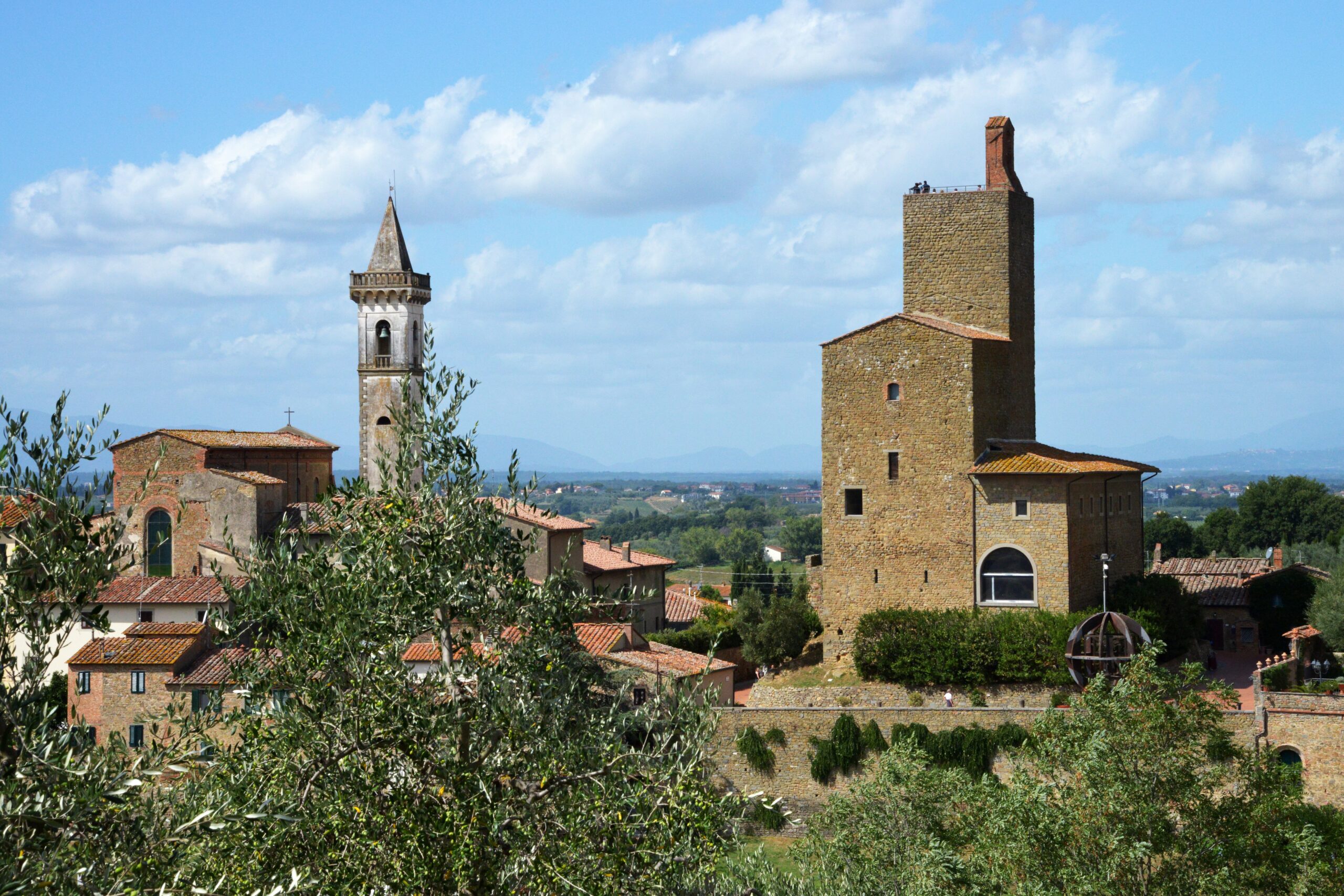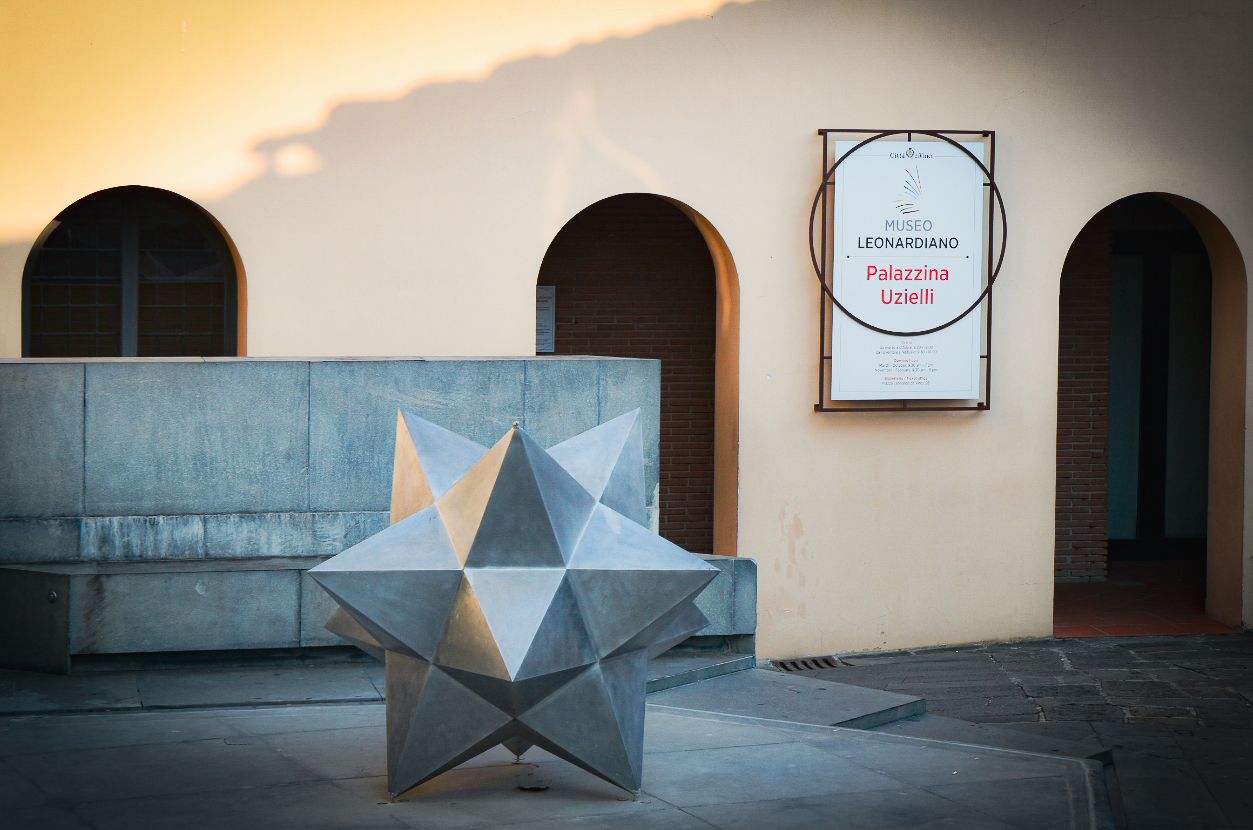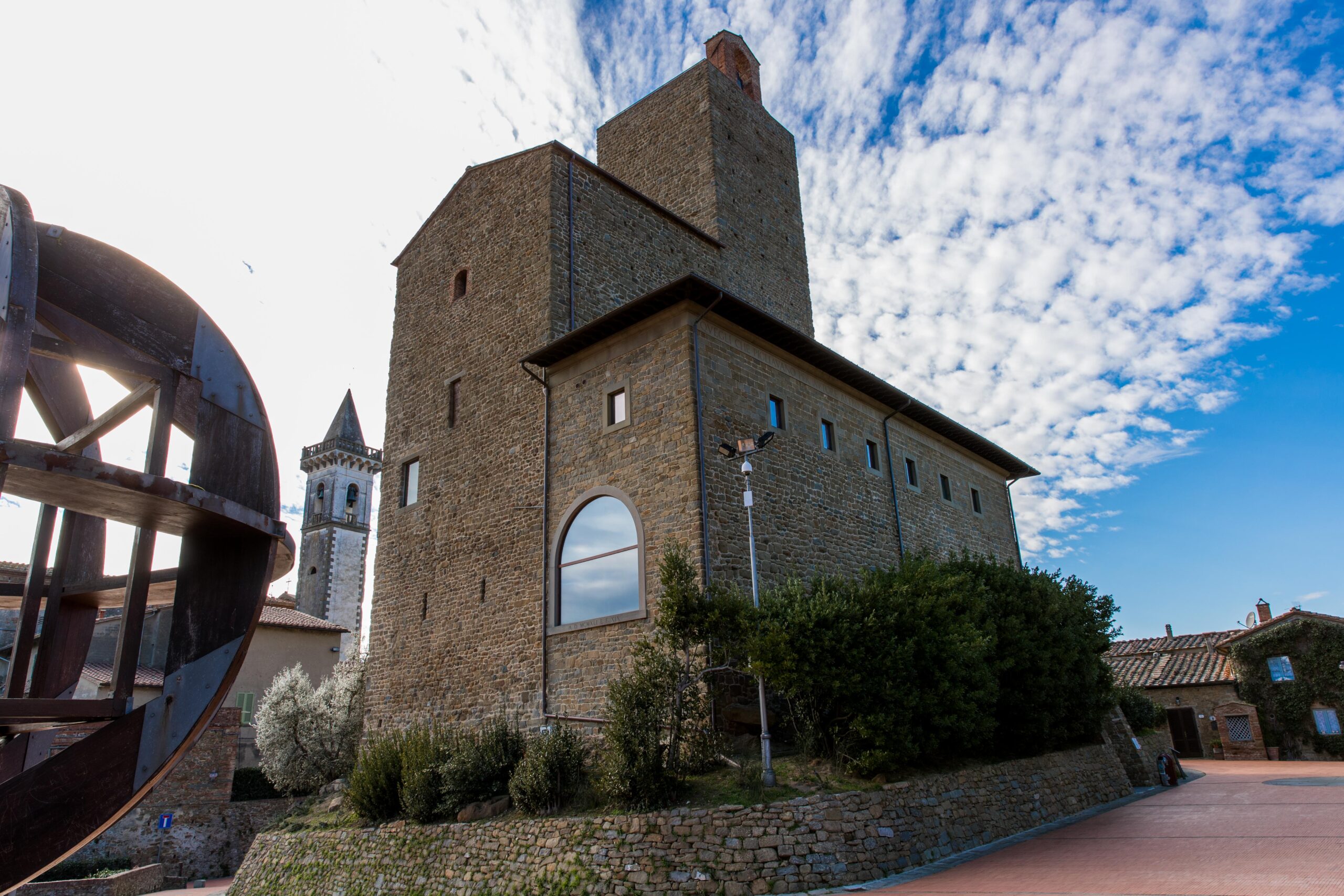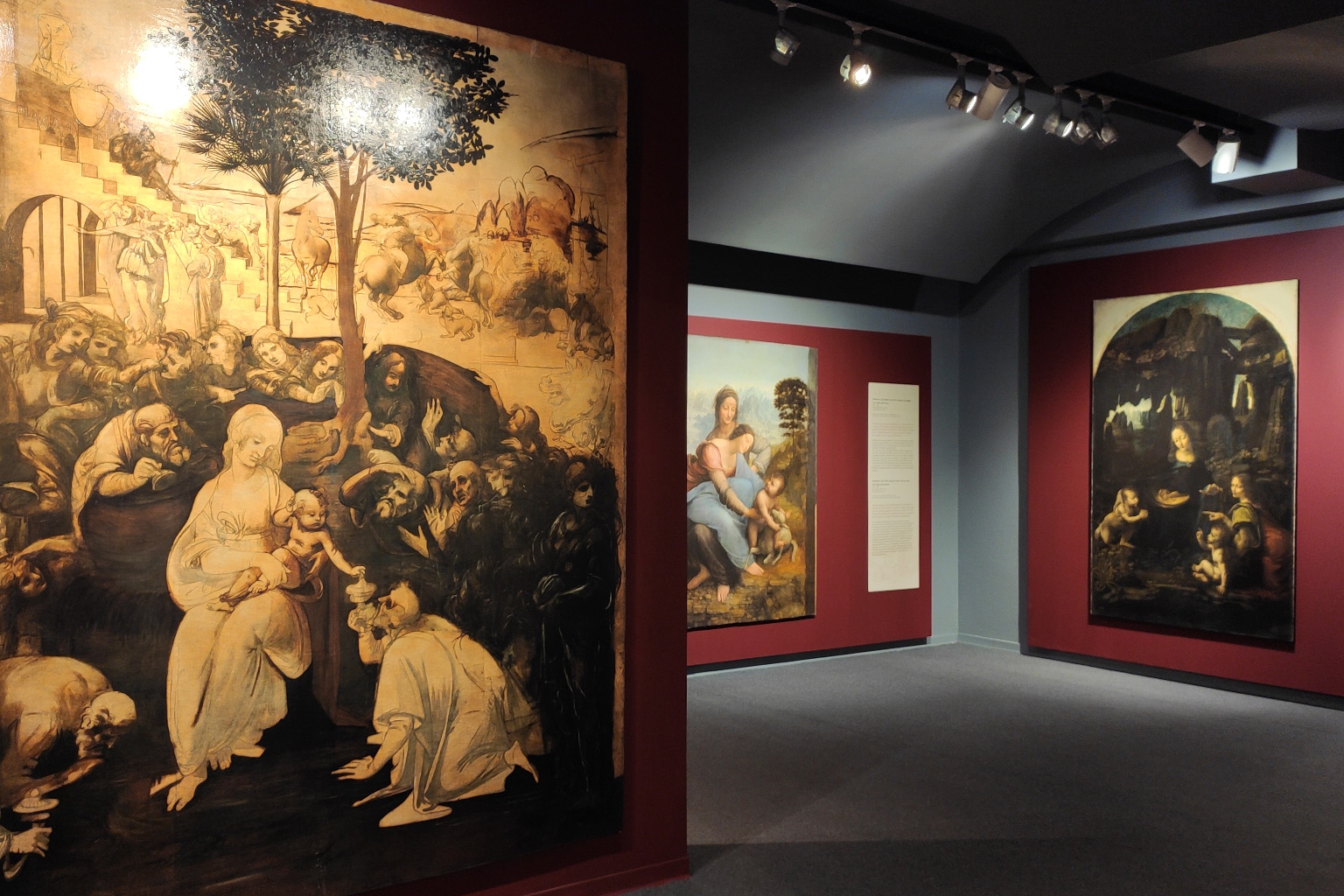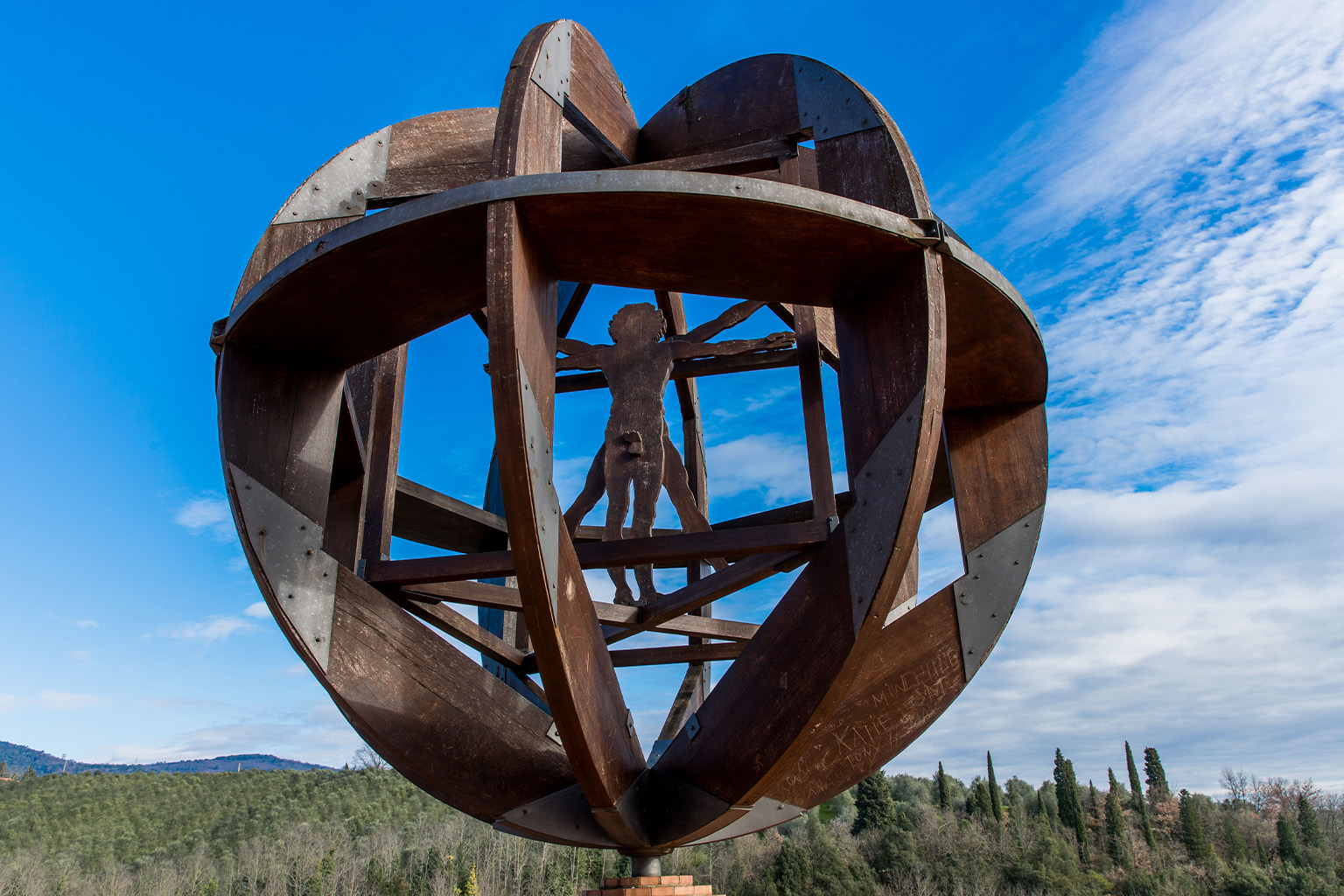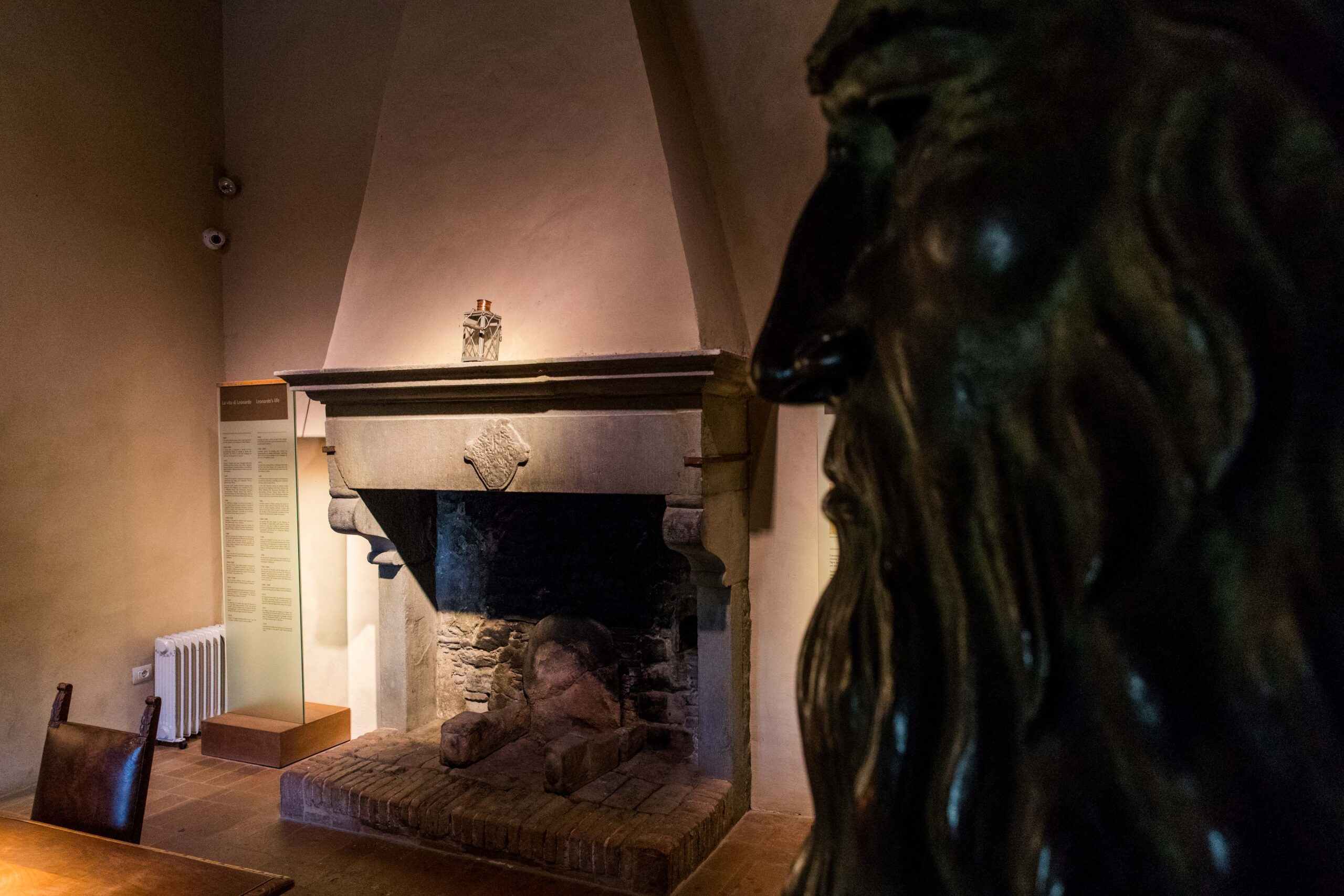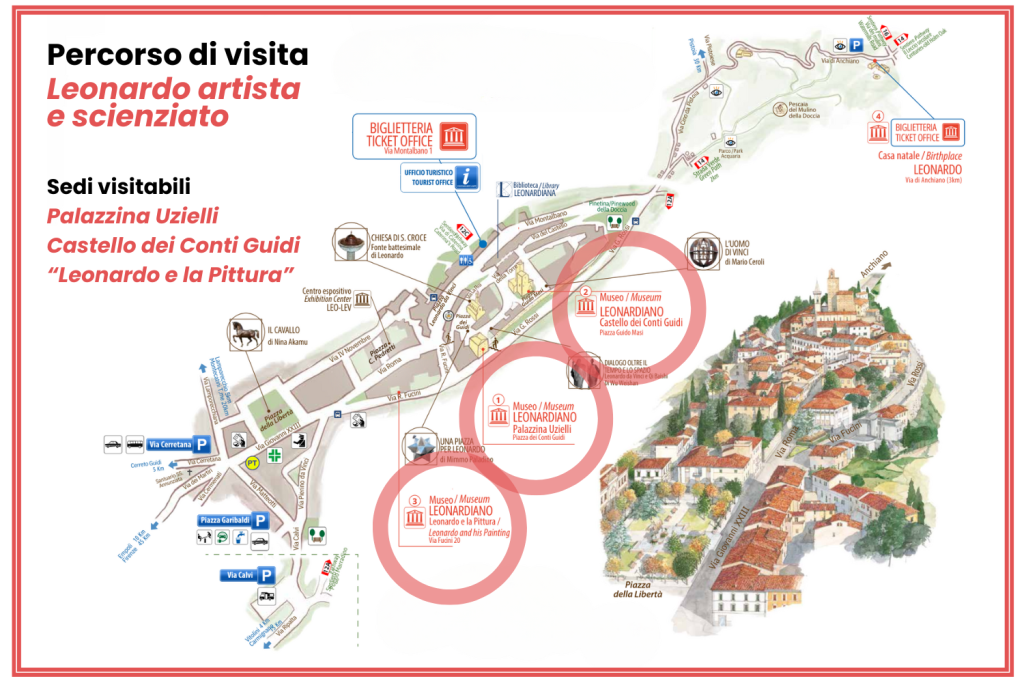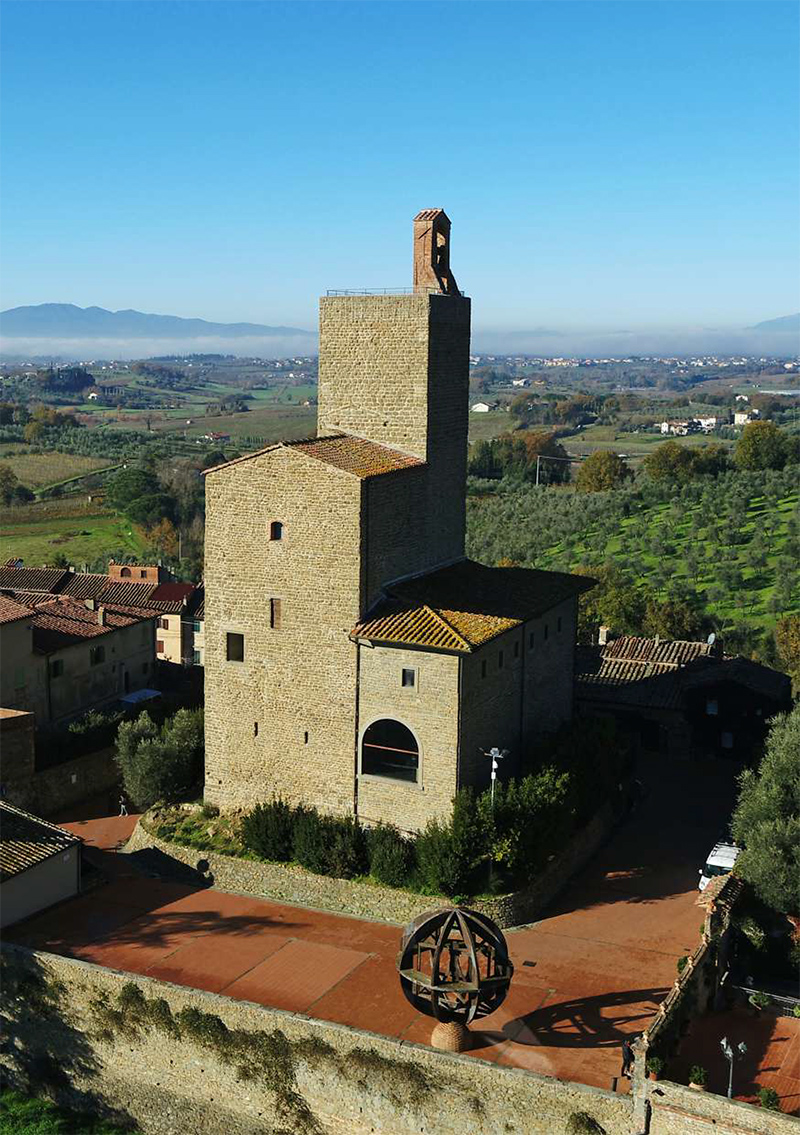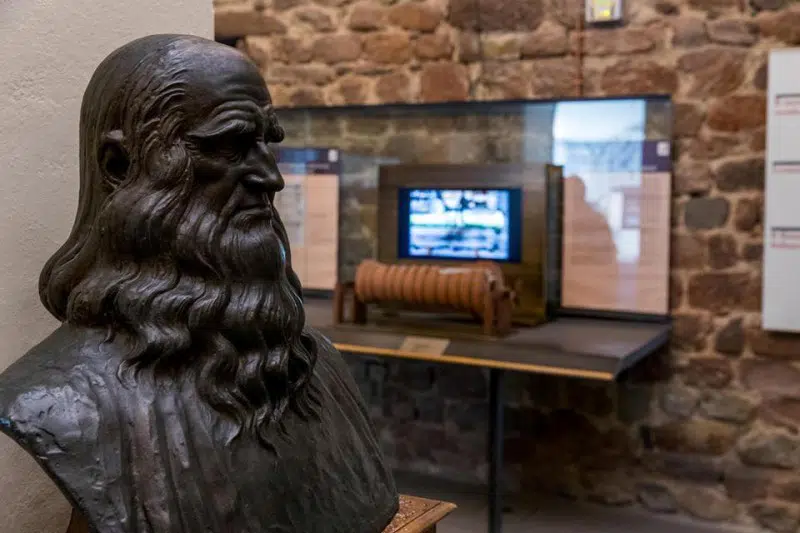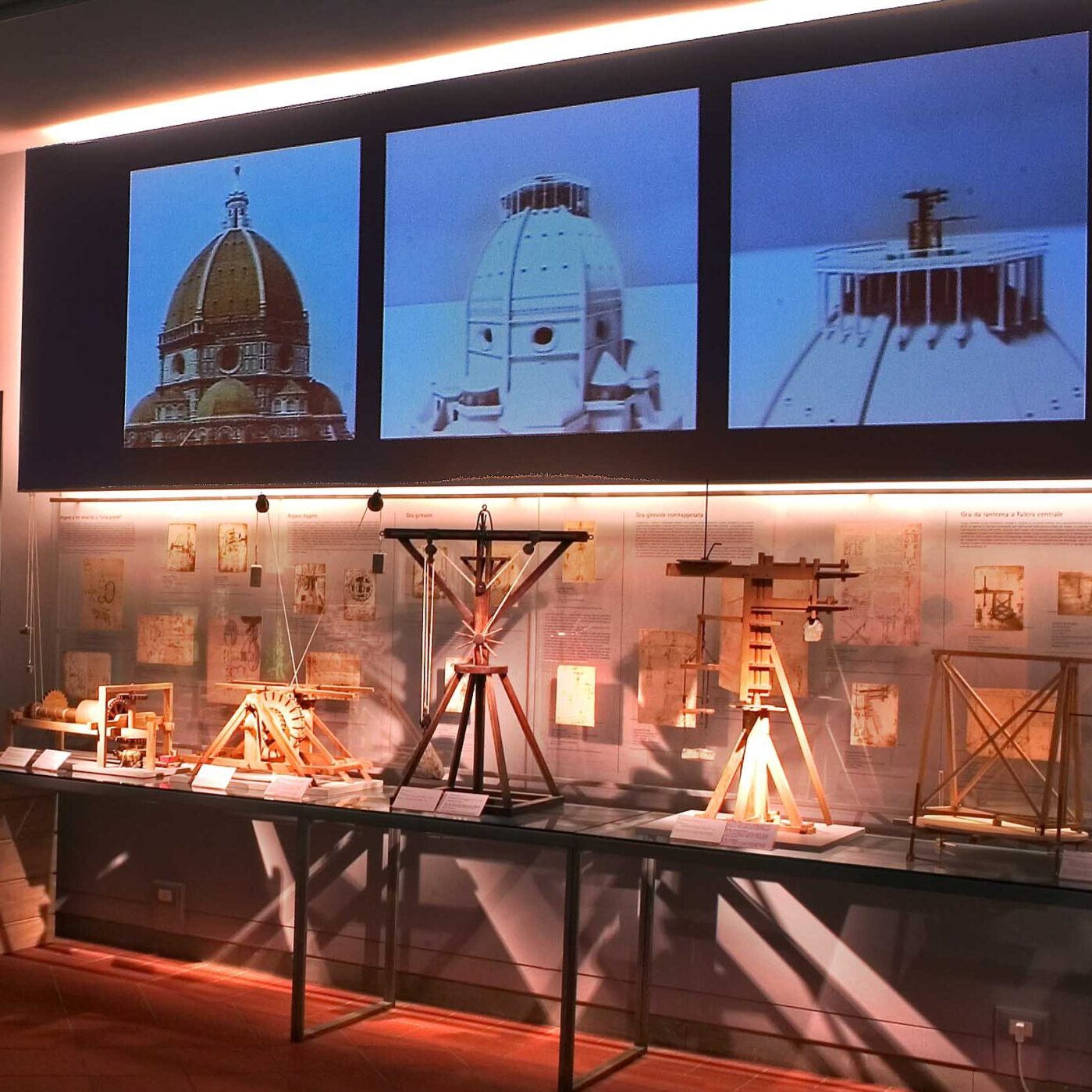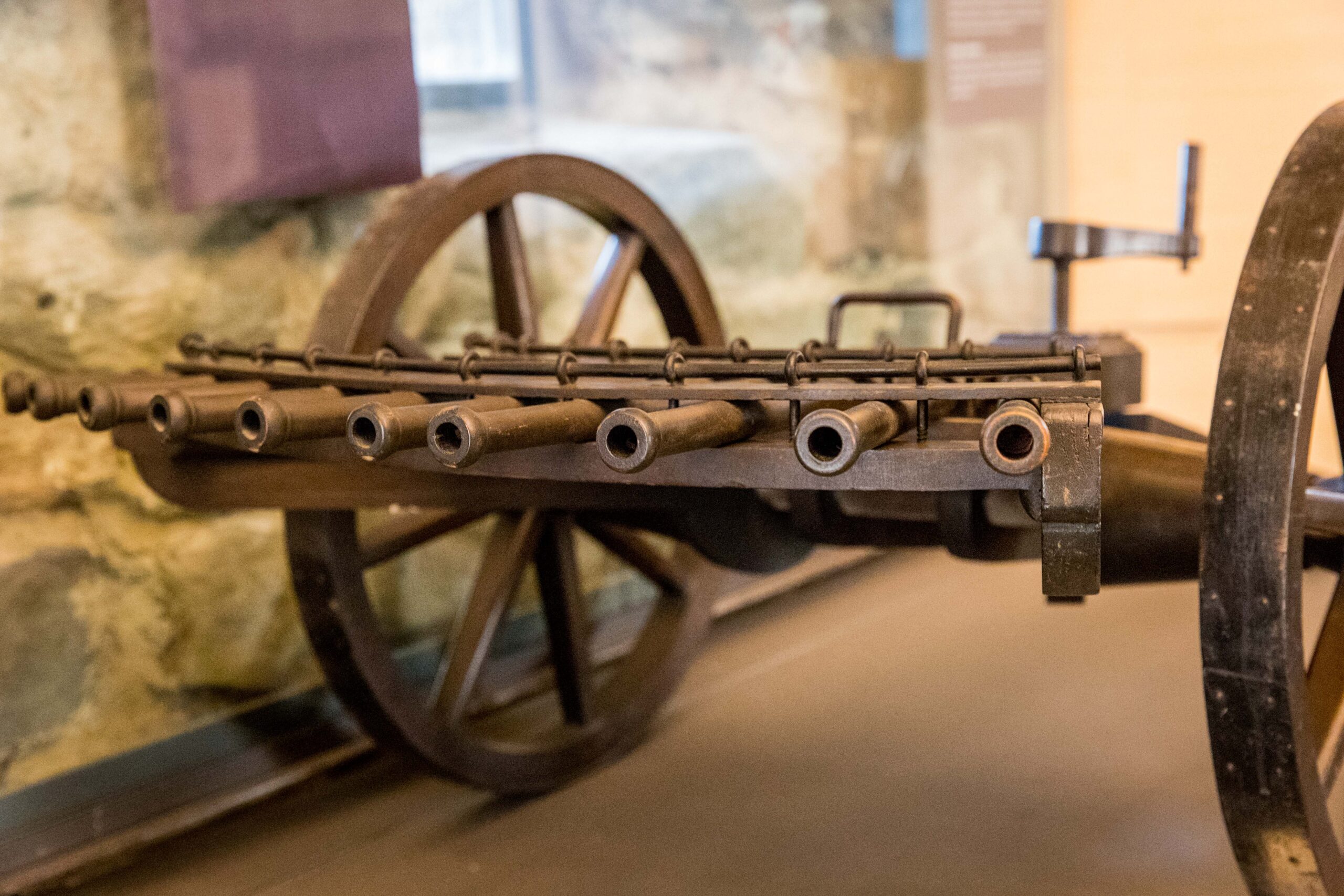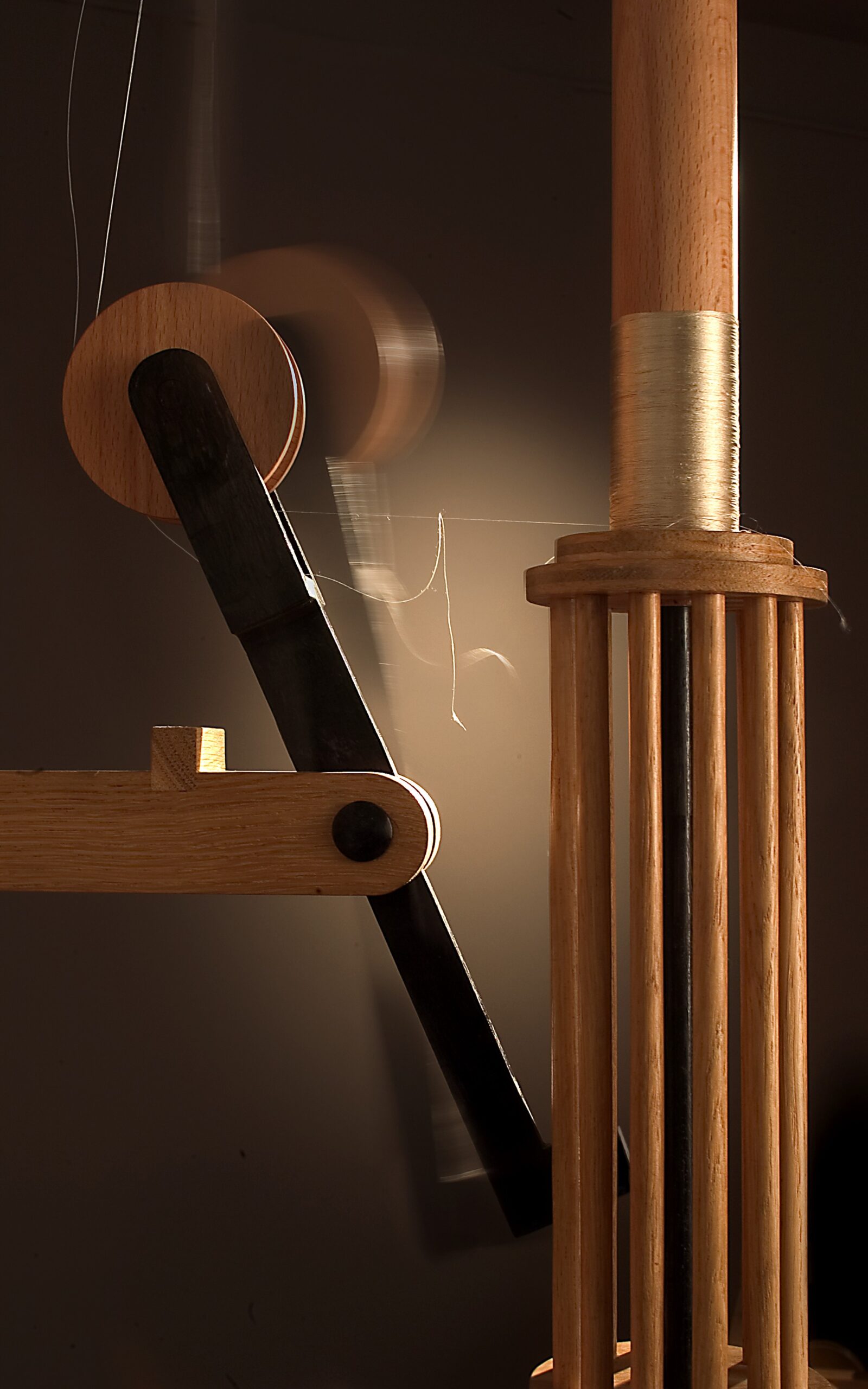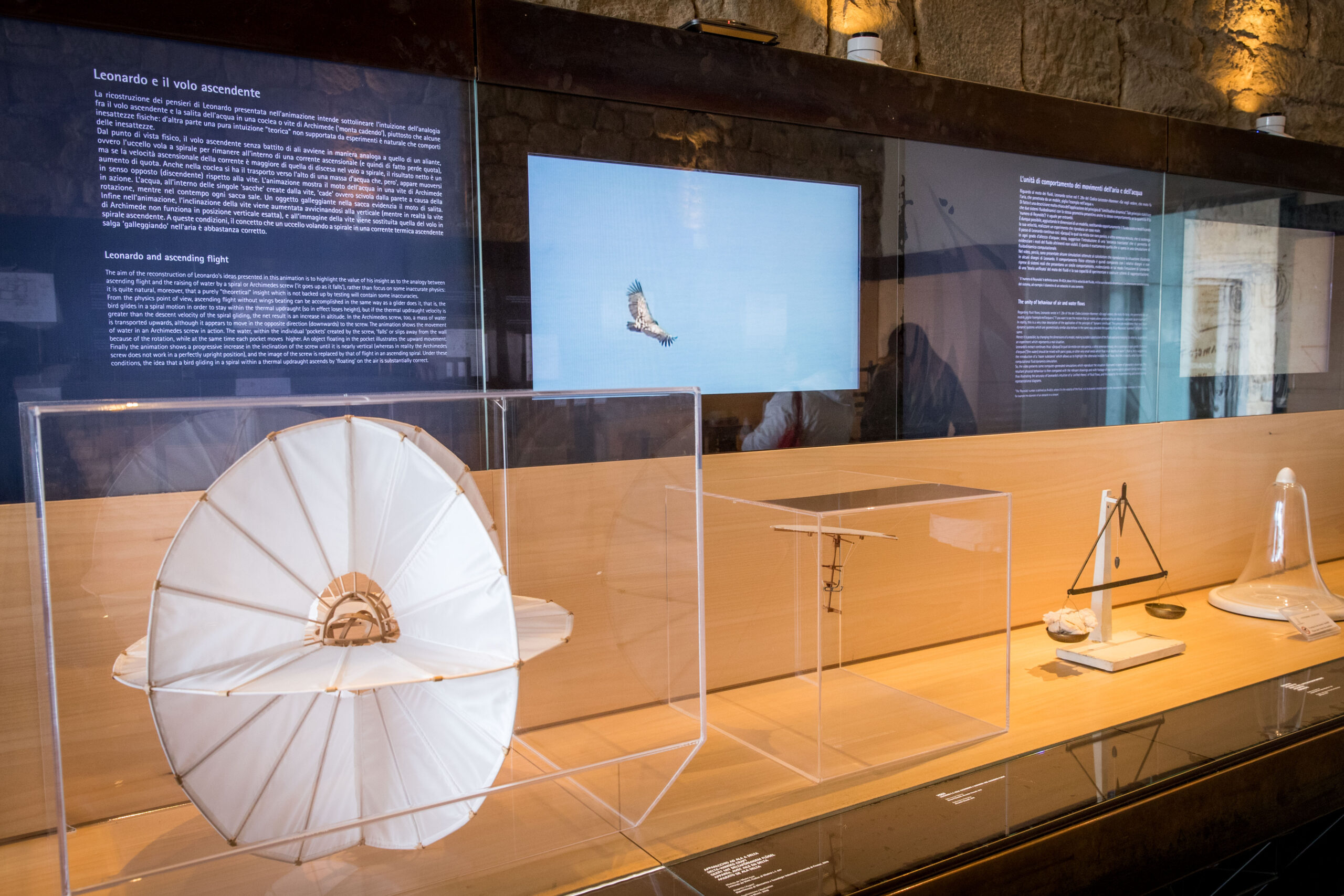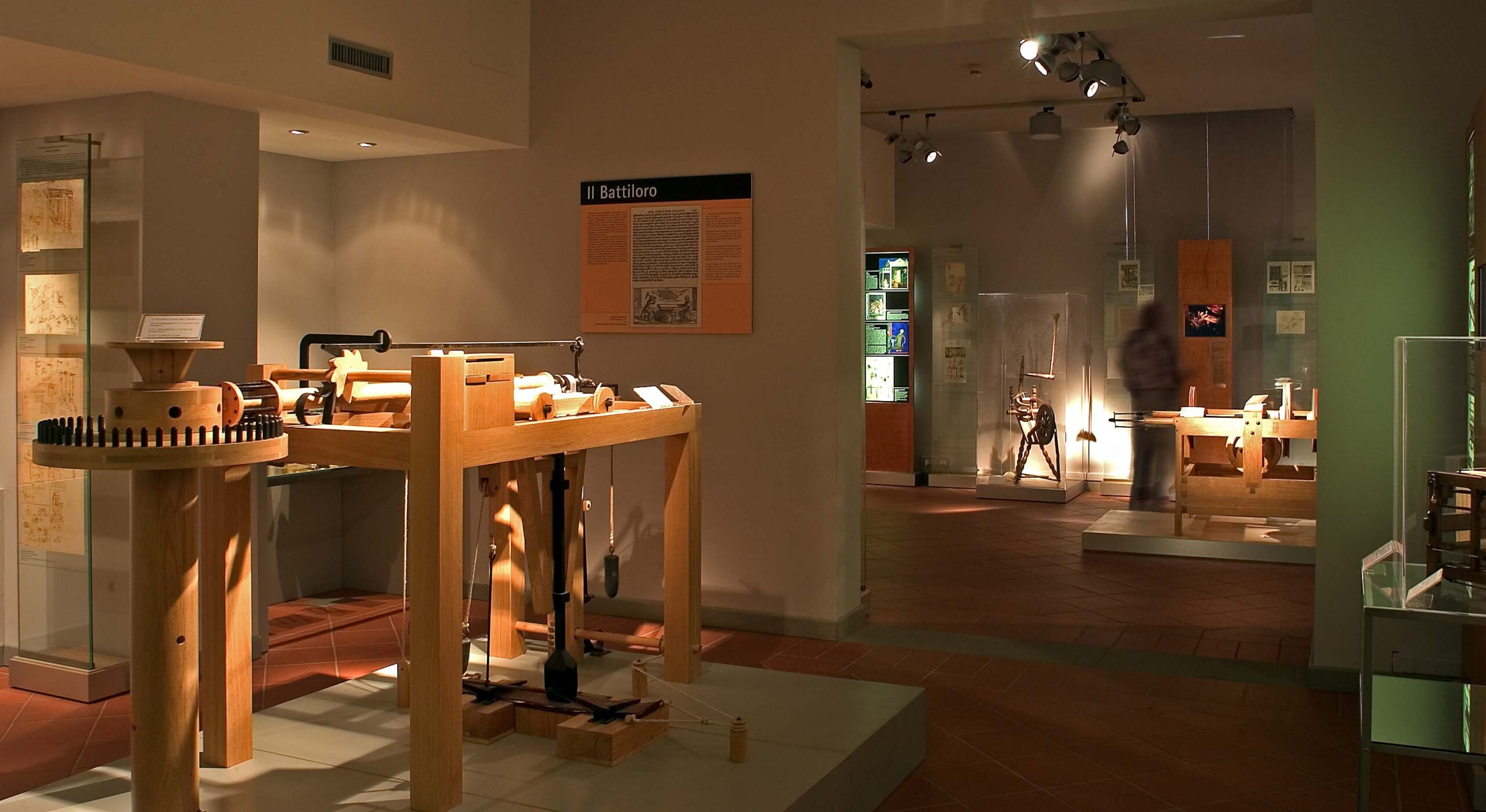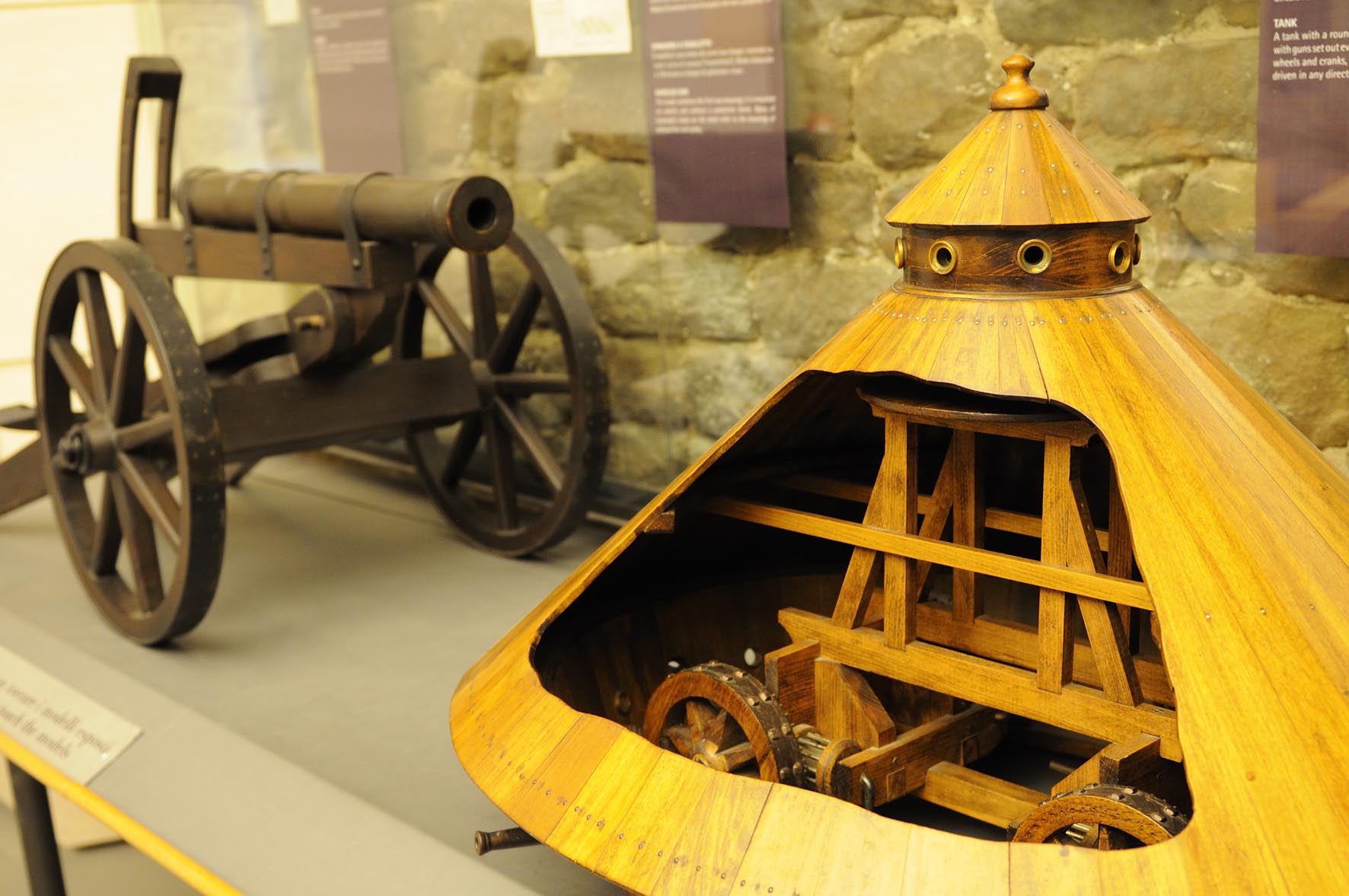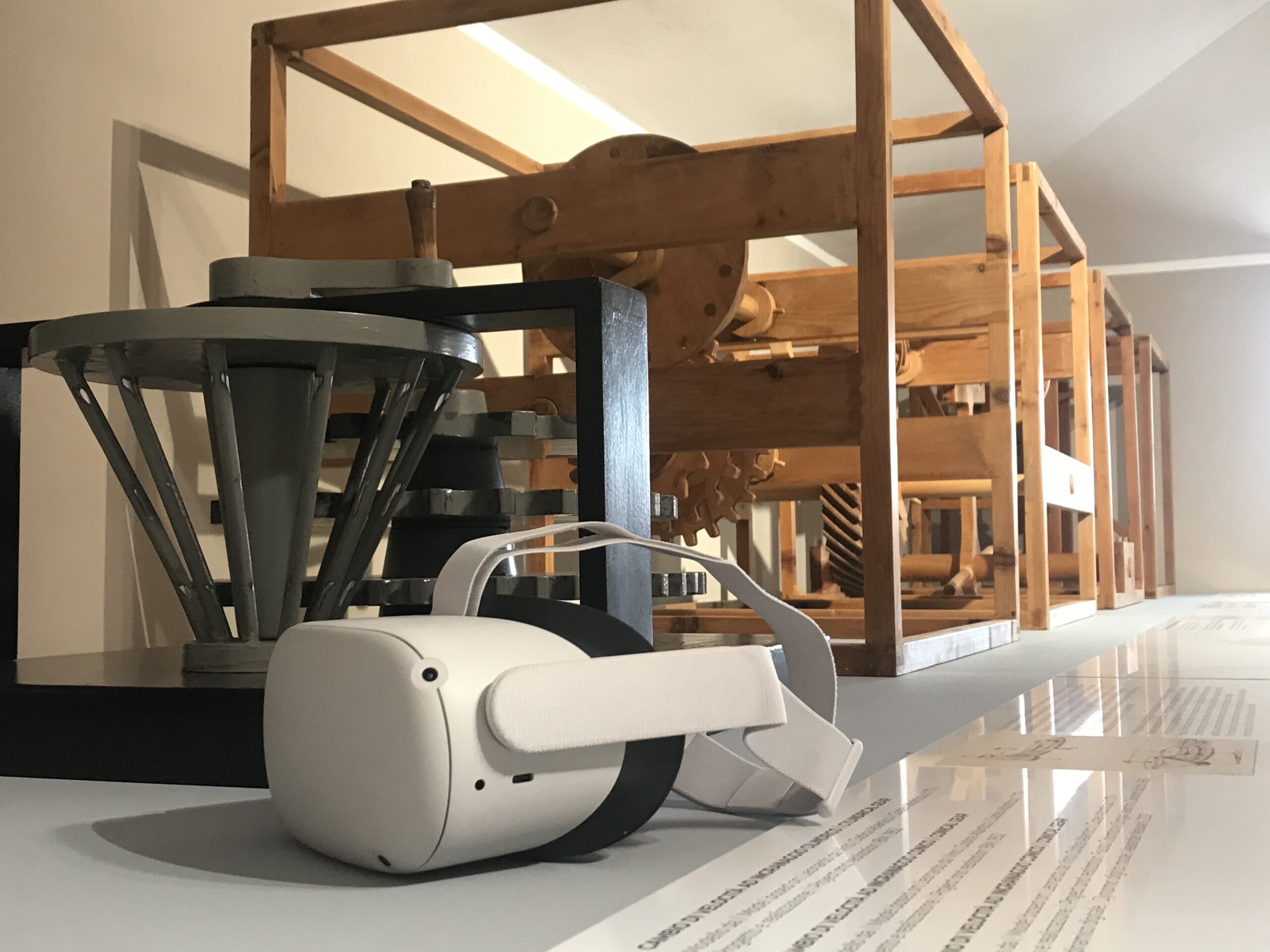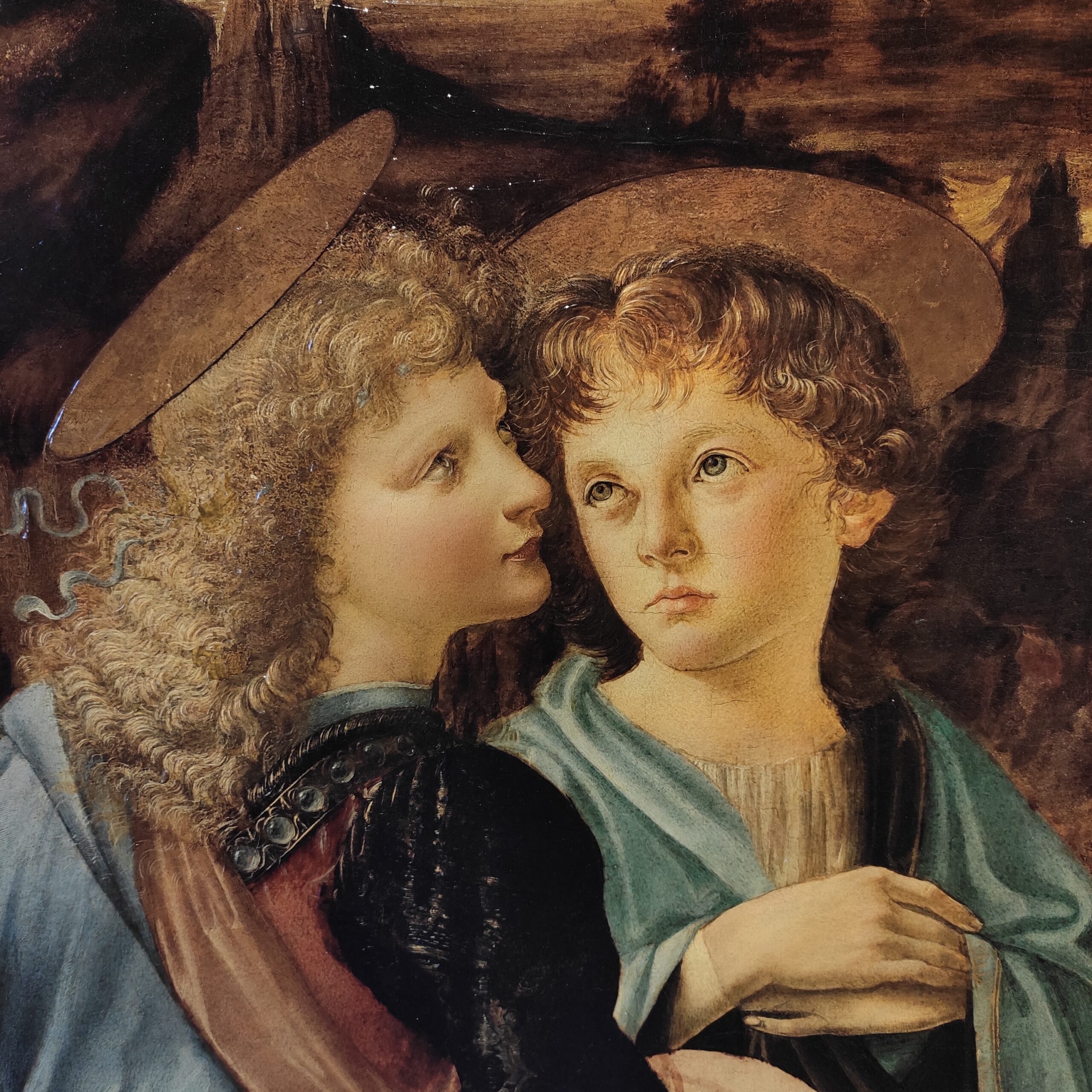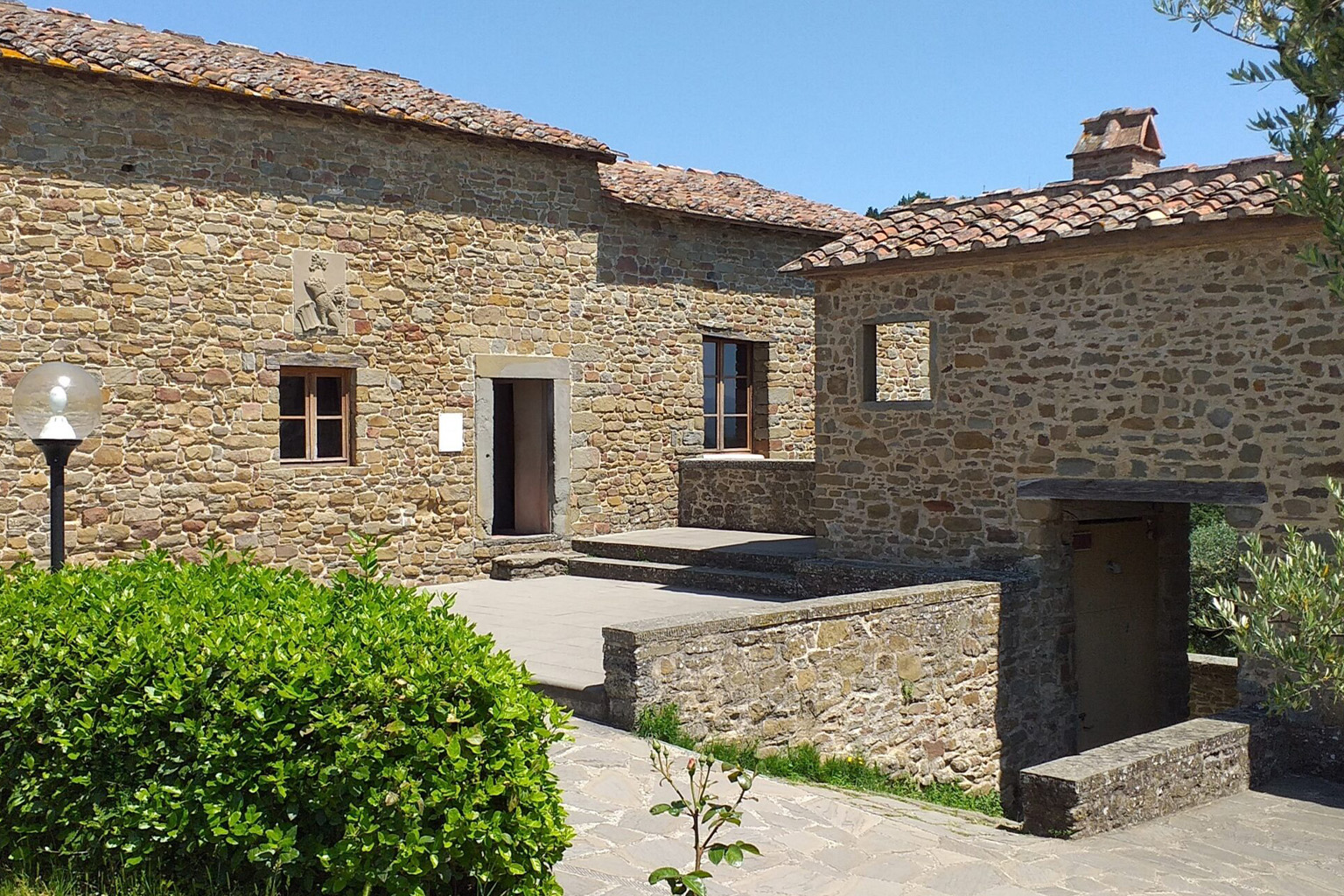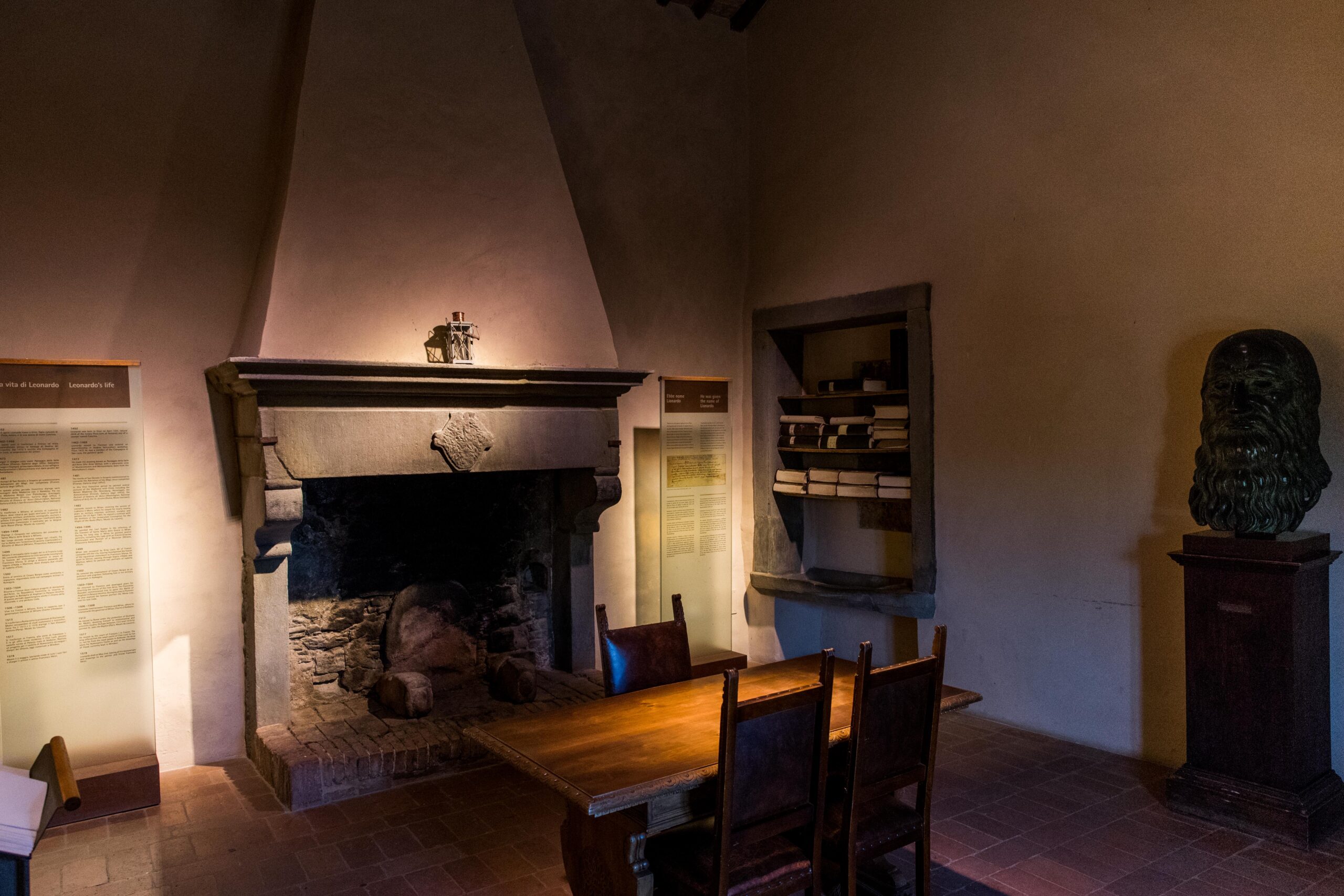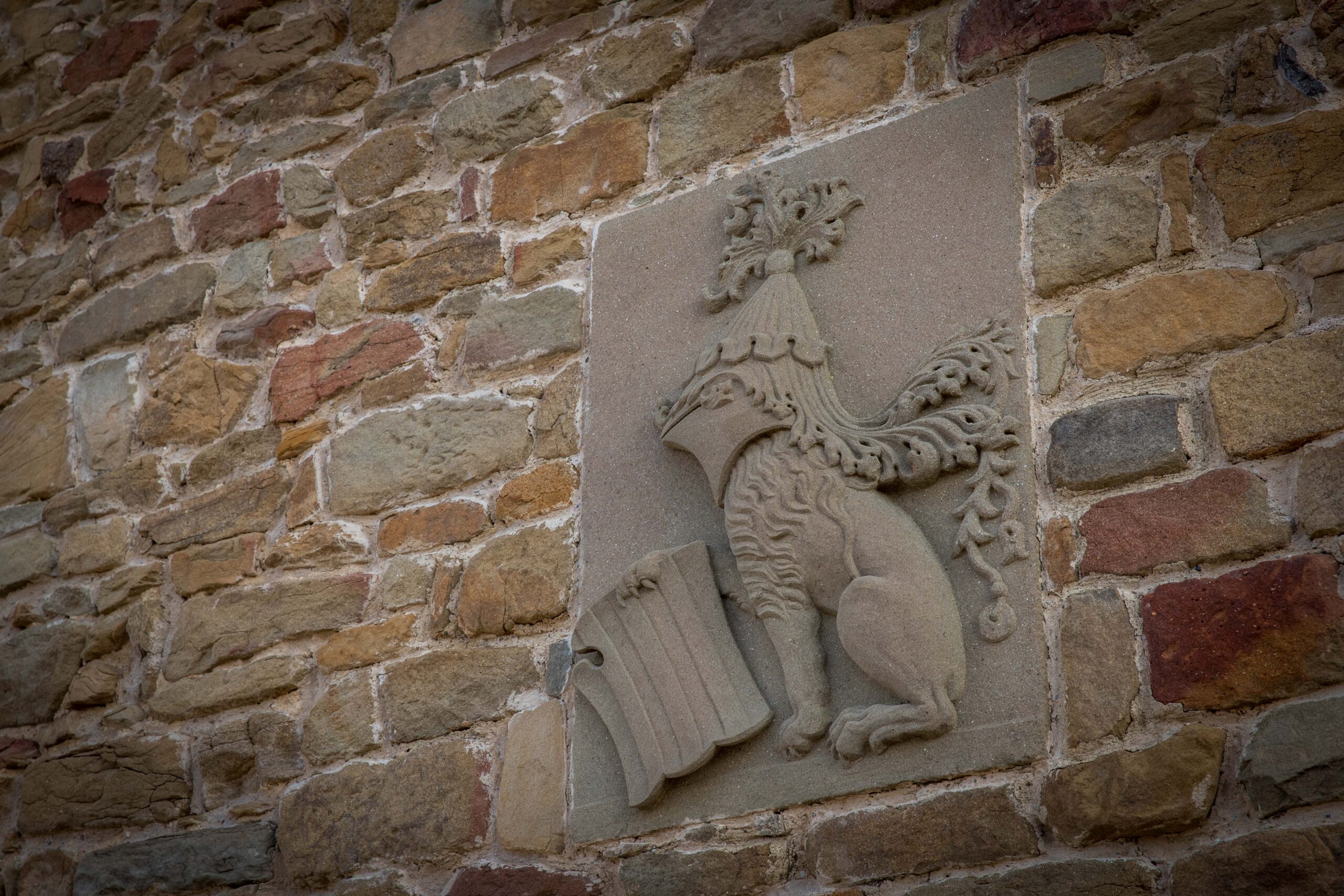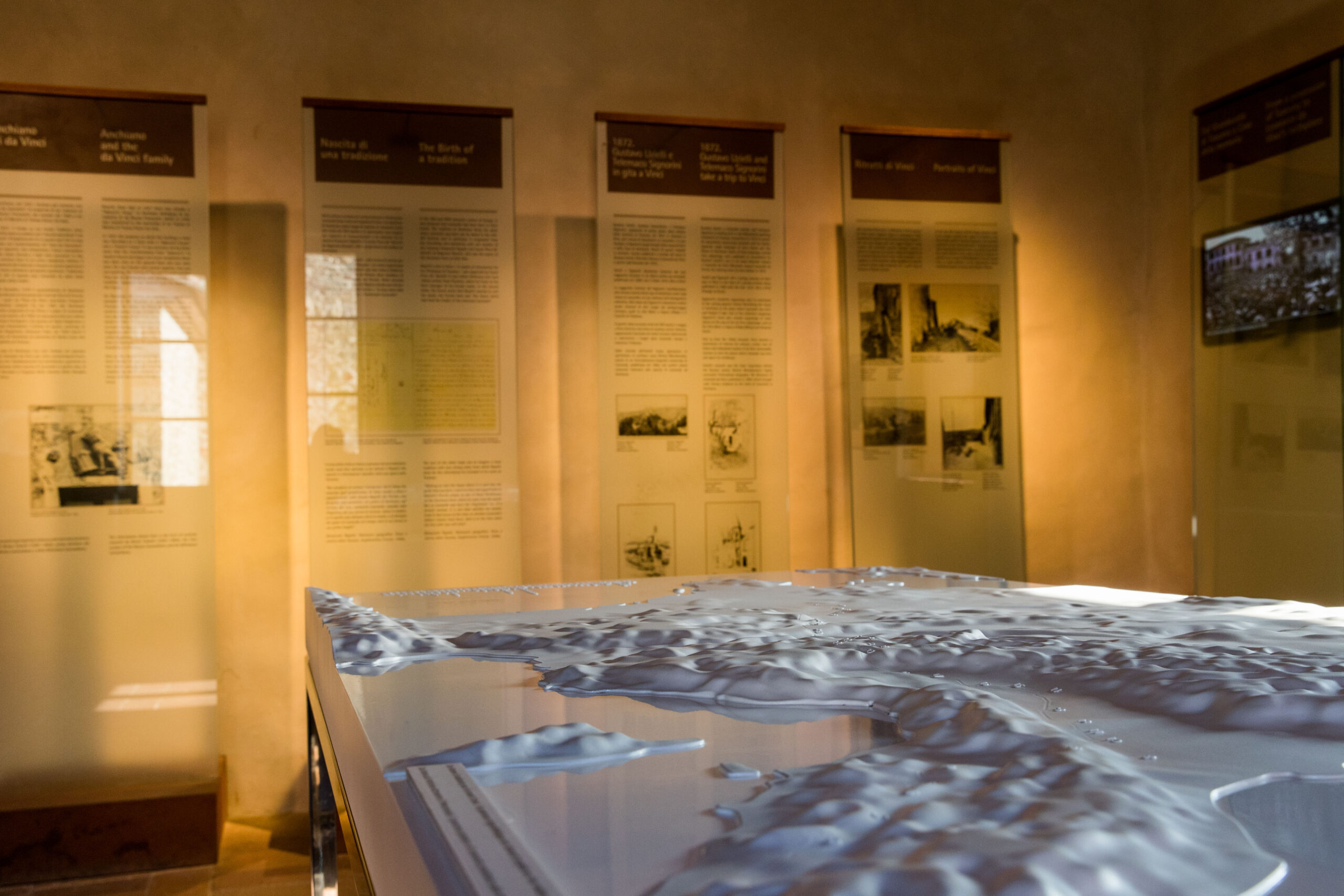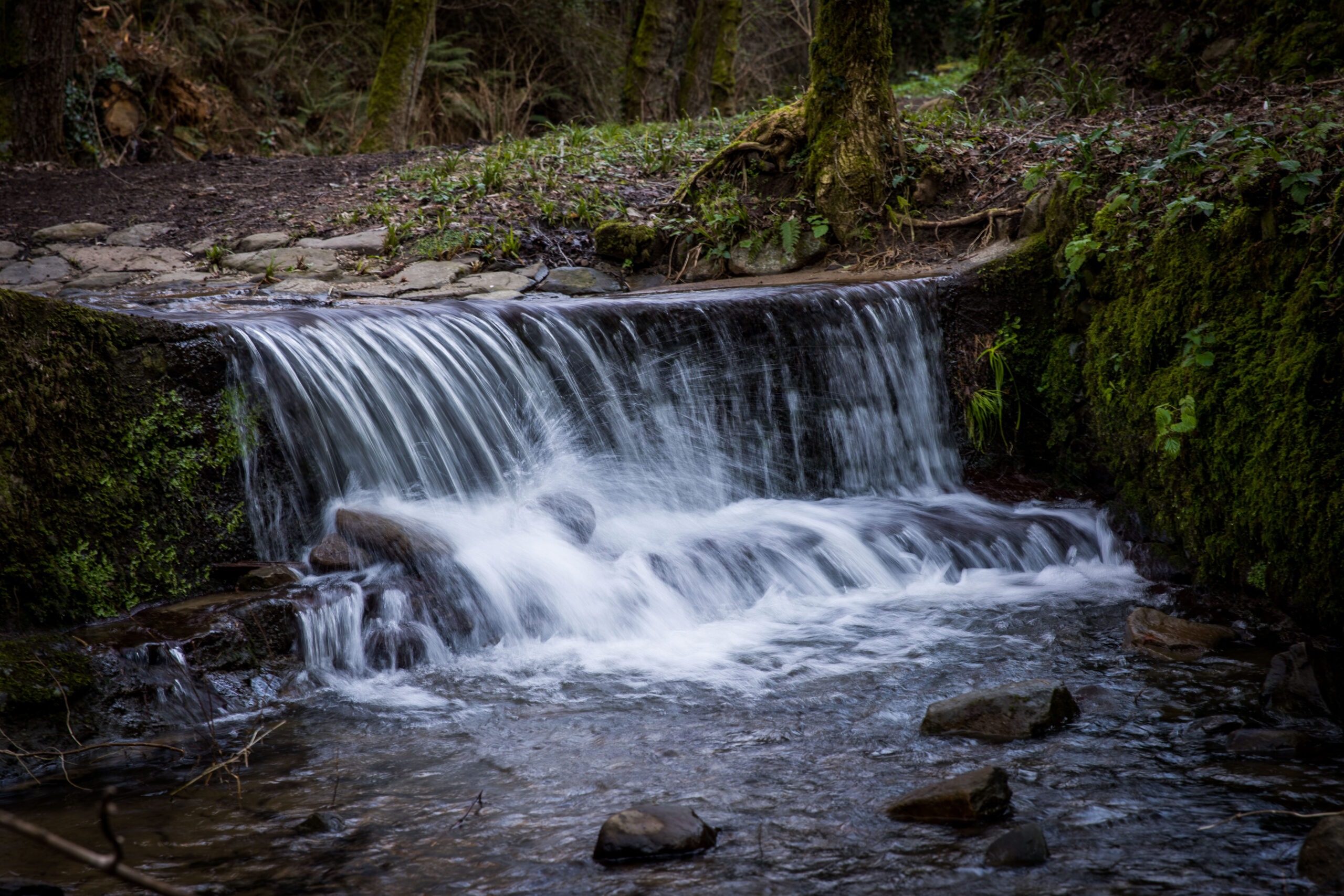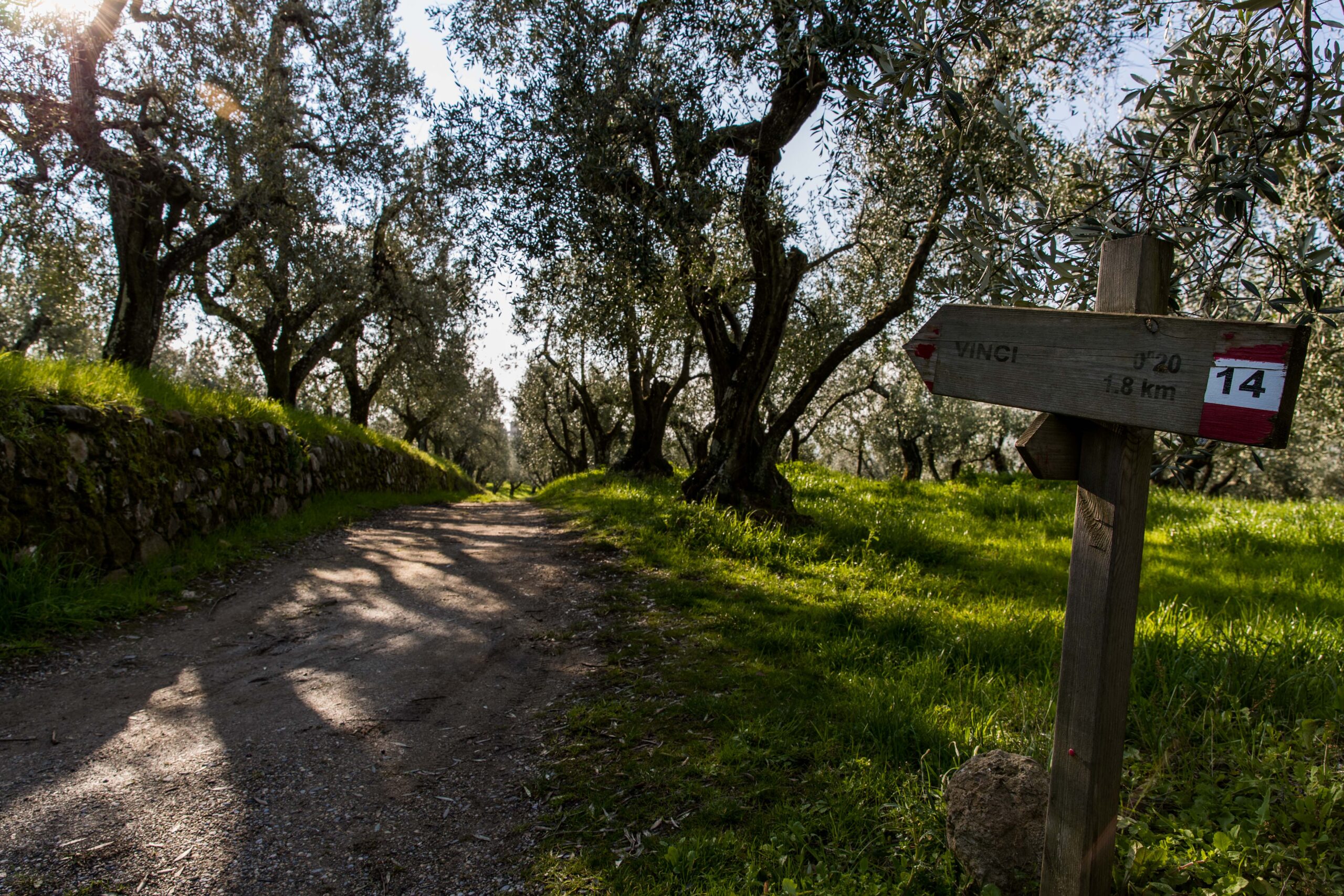Combined ticket

A complete experience with access to all the Museums of Vinci
Palazzina Uzielli is recommended as the starting point of the Leonardo Museum visit, where mechanics provide fertile ground for a journey into the mind of the Genius. The experience begins with some of Leonardo’s most significant drawings related to the exhibition themes, brought to life through evocative animations. These are followed by sections on construction machinery, textile manufacturing, and clocks, featuring astonishing models that faithfully reproduce Leonardo’s writings.
Throughout the museum, visitors can enjoy virtual reality experiences, allowing them to interact with the mechanisms designed by the Genius from Vinci. It’s a truly immersive 360-degree experience that culminates in the anatomy rooms, where Leonardo’s mind shifts from studying the movement of machines to that of the human body. Thanks to exquisite wax sculptures, some of Leonardo’s extraordinary anatomical drawings take shape, transforming from his unmistakable lines into fully three-dimensional works to be admired from every angle.
Conti Guidi’s Castle is the second part of the Leonardo Museum, home to the oldest and most historic collection, including models of Leonardo’s most famous machines, such as the armored vehicle and the large articulated wing. Here you’ll find the war machines room and the flying machines room.
Leonardo also conceived projects related to his homeland, Vinci—such as ideas for regulating and diverting the Arno River. Don’t miss the immersive room “He Was Called Lionardo”, where evocative images, colors, and sounds reveal the story of Leonardo’s childhood. The experience concludes at the panoramic tower, where visitors can enjoy a breathtaking view of the landscapes that inspired Leonardo’s artistic and engineering works.
In the “Leonardo and Painting” exhibition spaces on Via Roma, visitors can experience all of Leonardo’s painting masterpieces, reproduced in high definition and at full scale (1:1), including the Adoration of the Magi and the Mona Lisa. A unique opportunity to immerse oneself—after a journey through the mind of Leonardo the engineer and scientist—into the world of Leonardo the artist.
Leonardo’s Birthplace in Anchiano is located about 3 km from the village of Vinci, along a scenic path surrounded by splendid olive trees set among the iconic Tuscan hills. It can be reached on foot via the Strada Verde, where you can also admire the fish ladder, a stepped stone structure used to direct river water into an artificial canal flowing by the Doccia Mill, mentioned in one of the sheets of the Codex Atlanticus.
Once you reach the evocative house where Leonardo was born, he himself welcomes you through a fascinating holographic installation, telling his story within the very walls where he was born and raised: the story of a remarkable life deeply rooted in his native land.
In the village of Vinci, several contemporary art installations can be freely visited. Here, today’s great artists engage in a dialogue with Leonardo’s genius, creating a captivating encounter between past and present.
Useful informations
Duration: 3 hours
